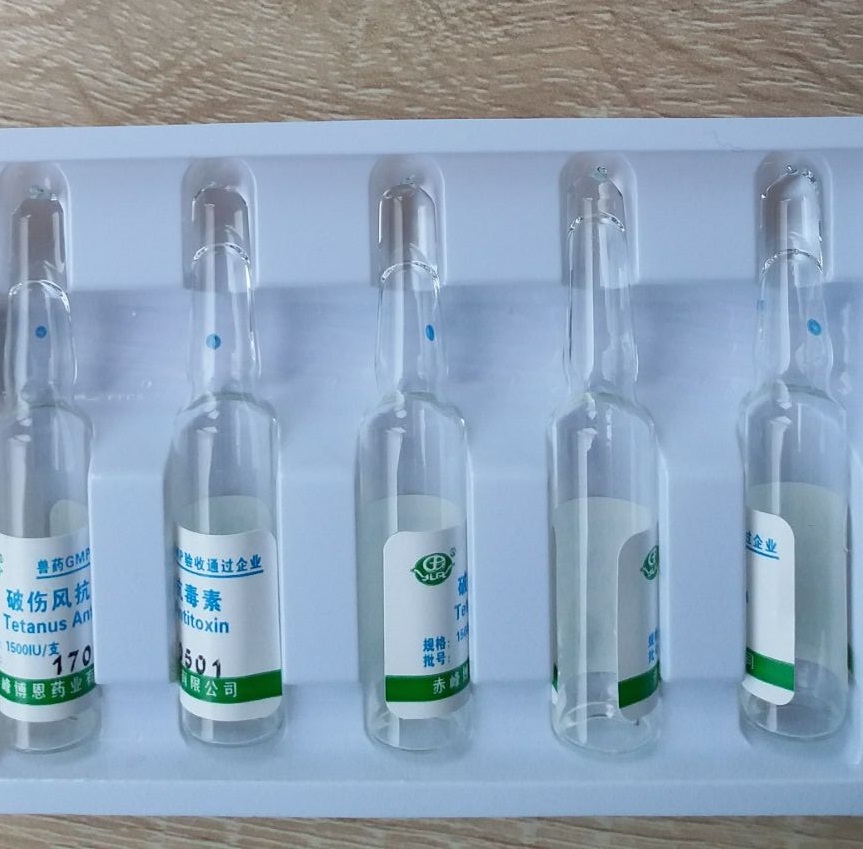Symptoms The disease mainly affects the leaves and also infects flowers, fruits and stems. Occurred in the late tobacco growth. At the beginning of the disease, the leaves became dark brown with water-stained small round spots. After the expansion, there was a wide yellow halo around the center. The center was reddish-brown and necrotic. In severe cases, the lesions merged into irregular large spots and there were ring veins. The weather is wet or there are water droplets, the disease overflows the bacteria, and the lesions break off after drying. Stems, flowers and pods were infected to form irregular small spots, initial water stains, and browning after necrosis. The lesions in the stems were depressed and the yellow haloes were not obvious. Flowers, fruits due to more lesions and necrosis and rot. Transmission routes and disease conditions Diseases and carriers are the main wintering sites for wild-fire disease bacteria. Germs that survive in the field weeds and grassroots crops can also cause initial infestation. The germs in the field are spread by rain or dew. Trapped through leaf holes or wounds. The temperature limit for the growth of this bacterium is 2 to 34°C, and the optimum temperature is 24 to 30°C. In addition to suitable temperature conditions, there is more rainfall and more rainfall. In particular, storms often cause wildfire disease to occur. There are too many nitrogen fertilizers in the field, young leaves, late-maturing gluttony, and high humidity. The incidence of topping is too early or too low. Control methods (1) Selection of disease resistant varieties of flue-cured tobacco varieties G80, Guanghuang 55, etc.; Burley tobacco has Bai Ri 21, Kyl2, Kyl4, Kyl65, Kyl70, TT5 and so on. All localities must choose their species according to local conditions. (2) A 3-5-year rotation will not be used for rotation of solanaceae, leguminous and cruciferous crops. (3) Apply no nitrogen fertilizer, pay attention to the combination of nitrogen, phosphorus and potassium, and do not apply the manure residue of tobacco. Properly planted early, timely and appropriate topping, early harvest. After the harvest, clean the garden and deepen the land. (4) Select disease-free seeds or sterilize seeds. Before growing seedlings, sterilize them with 0.2% copper sulfate solution or 0.1% silver nitrate solution for 10 minutes. Rinse with clean water and sow. (5) Remove the diseased leaves and carry out chemical control in time when the disease starts. Spray 1:1:160 times of Bordeaux mixture or 200 mg/kg of neomycinse or streptomycin for agricultural use. Intermittently for 7-10 days. Even defense 3-5 times.
Hormones are special chemical messengers in the body that are created in
the endocrine glands. These messengers control most major bodily
functions, from simple basic needs like hunger to complex systems like
reproduction, and even the emotions and mood. Understanding the major
hormones and what they do will help farmers take control of animal's
health and reproduction.
We offer an array of Hormone Formulations For Animal.There are HCG, PMSG, LHRH-A3, Progesterone Injection, etc for the whole animal's reproduction.
Hormone Formulations For Animal Hormone Formulations For Animal,Progesterone for Veterinary Use,Chronic Gonadotropin for Animal,Animal Hormone Injection Jiangxi Institute of Biological Products Inc. , https://www.jxinstitute.com
Pathogen Pseudomonas syringae pv.tabaci (Wolf et Foster) Young et al. Pseudomonas syringae pv. nicotianae, formerly known as P. tabaci. Is a bacterium. Short rod-shaped bacteria, unipolar flagellum 1-6, size 2-2.50.5-0.7 (um), Gram-negative, no capsule or spores. Grayish-white, fluorescent colonies formed on KB medium. Wildfire bacteria produce a wildfire toxin during pathogenicity. 